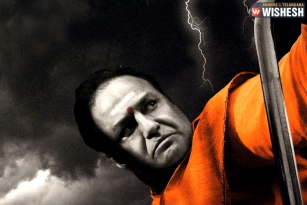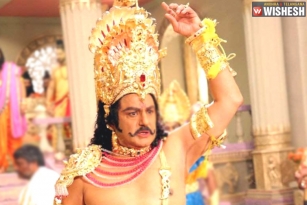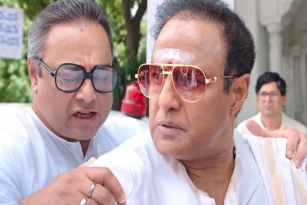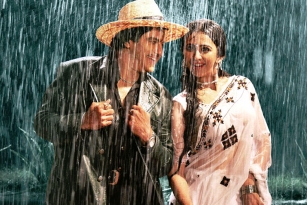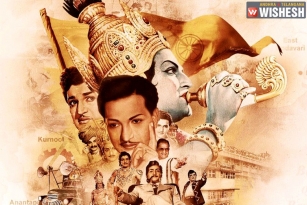
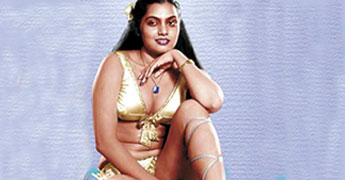 When Silk Smitha was found dead in her Kodampakkam home in Chennai in September 1996, I was working for an upcoming TV channel in Thiruvananthapuram. I prompted my colleague Suresh Pattali, a film-buff and libertarian if ever there was one - who is no more - to put together a tribute to Smitha. I wrote the voice-over and he produced it. It was just a piece of quick assemblage, but we were proud to have done it. Not because other channels or newspapers hadn't paid her a tribute. But because Smitha was, even to two media-hardened creatures like us, a rebel and a fighter and we wished to express our solidarity in the hour of her death. A violent death.
When Silk Smitha was found dead in her Kodampakkam home in Chennai in September 1996, I was working for an upcoming TV channel in Thiruvananthapuram. I prompted my colleague Suresh Pattali, a film-buff and libertarian if ever there was one - who is no more - to put together a tribute to Smitha. I wrote the voice-over and he produced it. It was just a piece of quick assemblage, but we were proud to have done it. Not because other channels or newspapers hadn't paid her a tribute. But because Smitha was, even to two media-hardened creatures like us, a rebel and a fighter and we wished to express our solidarity in the hour of her death. A violent death.
Even as the male in us was excited by the raw sensuality Smitha so forcefully projected, we could sense the revolt of the female body she was unleashing in a society that was - and still is - in the grip of a moral double-bind: its inbuilt orthodoxy despising a woman like her; but its suppressed and voluminous lust greedily devouring her. She showed them her body and dared them to see and face it. It was not as if she had scripted the challenge. It was not as if the celluloid had designed a confrontation. It was the way she made her body available to the celluloid that made up the challenge.
Her body was her message. With cold dispassion she placed her body on show knowing fully well the passions it fired in millions of men. She was meeting their secret and shameful need to fantasise in a way that mocked and challenged the hypocrisy that produced it. She displayed with a somnolent arrogance the female body south Indian men had kept buried under the debris of their fantasies and women had secreted away in soulless bedrooms.
Her sex-symbol status was both populist and pedestrian, having been manufactured by commercial needs that sought to gratify the widest common denominators. But it harboured a special energy sparked by the erotic force of her body which was not in the handlers' control and which was her magic. It is doubtful if they understood that, or that their camera-creature had a sociological dimension beyond the body they asked her to reveal.
They could have done with any woman with the right body and the right camera appeal. But in the manner Smitha put her body on camera there was an inherent challenge to the sexual taboos that ruled the world she lived in. She was not squeamish about her woman's body and let it come alive on screen in various connotations of nudity just as any male actor would do. That made the difference. Her approach to her body could not have been the bidding of her handlers. Perhaps they would have preferred a bashful vamp to fit the south Indian male's reactionary ego. The choice to be a bold, inviting, female body came from the person she was and the actor she became.
(Source: TOI)















